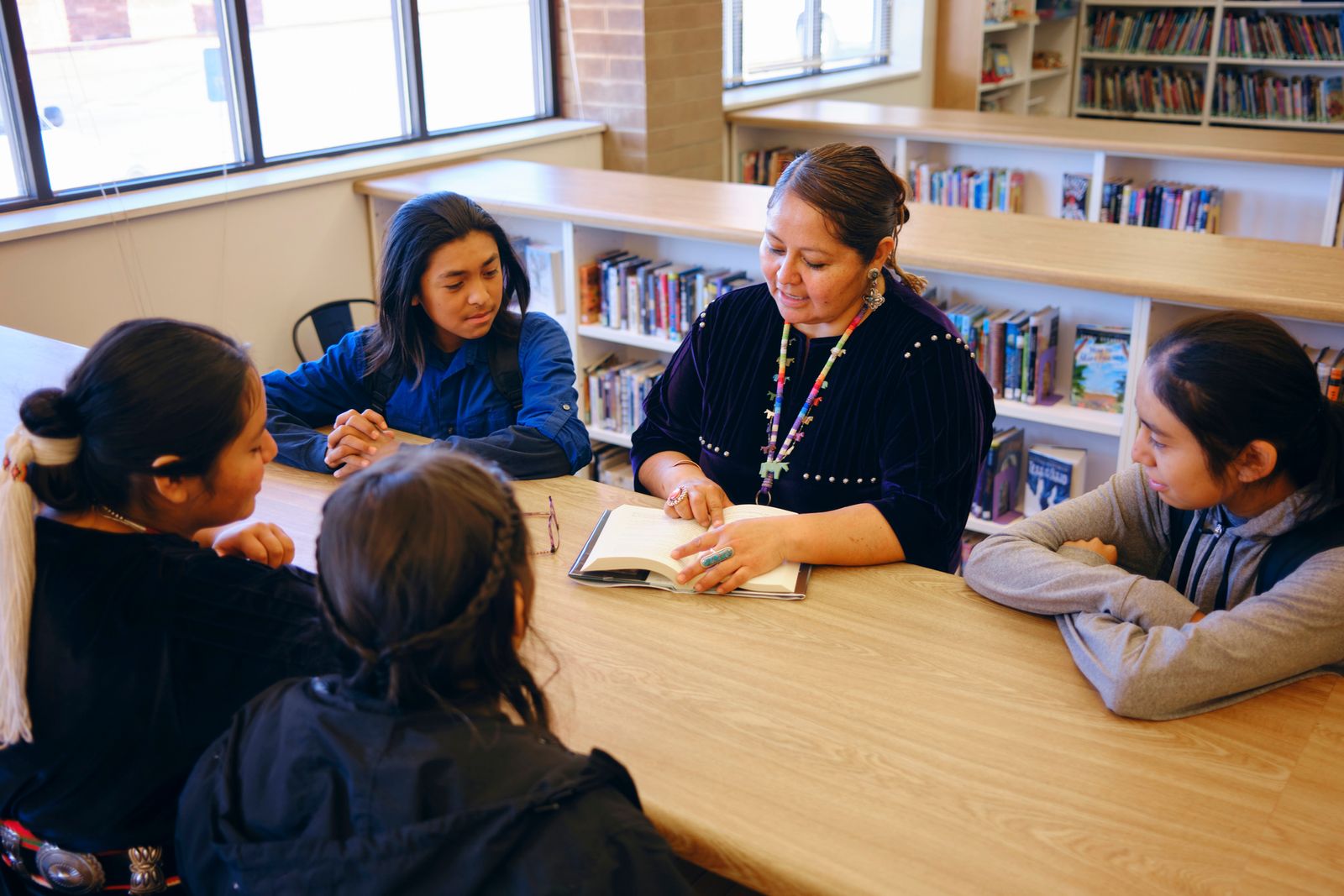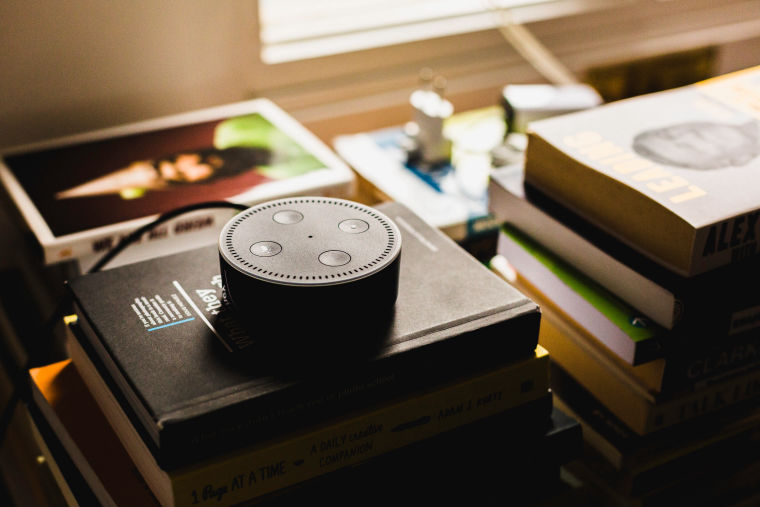Beyond the Individual: Unlocking The Power of Community Ethnography
From academia to action: bridging traditional ethnography and consumer insights

Trained academically in social anthropology, I thought I understood ethnography—years of immersion, intense theoretical debates, and monographs so dense they doubled as doorstops. Then I encountered ethnography in the world of market research: short, focused immersions, engaging presentations, and colourful slides packed with actionable insights. I was both intrigued and unnerved. On one hand, this was the practical, fast-moving anthropology I’d hoped to be part of, but I couldn’t shake the concern that something was being lost in translation. Had the method been streamlined to the point of oversimplification…was Margaret Mead quietly turning in her grave?
After conducting consumer ethnography in Canada, the US, Spain, and South Africa—as well as researching and publishing papers on the use of ethnography to improve diagnosis communication in British hospitals—I’ve had plenty of time to reflect on this tension. The more I worked across both academic and commercial settings, the more I realised the need for, and possibility of, a middle ground. While I don’t think long-term, immersive fieldwork either practical or necessary for consumer insights, there are aspects of traditional ethnography that provide immense value and nuance without inflating budgets or timelines. I have found this middle in community ethnography.
Immersing in community, not just consumers
Whilst there is no single, universally agreed-upon definition, community ethnography is broadly defined as research that involves active participation in, as well as systematic observation of a community[1]. By bringing participants into the research process, prioritizing reciprocity, and embracing participatory methods, community ethnography balances depth and actionability.
While ethnography is a staple in consumer insights, a 'community' lens steers us away from the norm of studying individuals in isolation and towards understanding them as parts of interconnected groups with shared behaviours and customs. Across for-profit and not-for-profit contexts, I believe this approach gets us closer to the messy reality of human experience and enables collaboration that enhances the relevance and impact of insights for everyone.
But how is community ethnography relevant in an AI-driven world?
With the rapid expansion of AI advancements in personalisation shaping consumer culture, you may think place-based, community ethnography is outdated. I believe not. While algorithm-driven personalization fosters an illusion of all-encompassing individuality, humans remain reliant on diverse communities for survival, stimulation and finding meaning. From workplaces to parent groups, from sports clubs to places of worship, and from schools to fandoms, humanity is a rich tapestry of interactions.
Therefore, understanding the nuances and environments of community engagement remains vital. By refocusing on collective dynamics, community ethnography uncovers system strengths and weaknesses at multiple levels, identifying opportunities for change and growth.
Listening, learning, and co-creating: How community ethnography offers more than just insights
Community ethnography is particularly well suited to exploring complex questions and uncharted territory as it captures the interconnections and structures of consumer behaviour which are often concealed or taken-for-granted. In a recent project where we helped a food brand understand how to improve child nutrition through school breakfast programs, we embedded ourselves within school communities across the UK and US, we were able to identify not just logistical challenges but also cultural attitudes toward food, peer influences on eating habits, and systemic barriers and enablers to healthier choices. Together with community members, including teachers, caterers, students and parents, we developed practical, scalable recommendations that resonated with real community needs.
Based on this, and other experiences conducting community ethnography both online and in-situ, I enclose some key lessons and strategies for those looking to harness this approach.
Before you go to the field: Designing for effective engagement…
Focus on Depth, Not Breadth
Ethnography isn’t about capturing everything—it’s about zooming in on small, meaningful moments. Small interactions can uncover deeper insights and reveal larger cultural patterns and truths.
Top Tips:
Aim to become familiar enough with your field site or community that, by the end of your observation period, you are recognized rather than seen as an outsider.
Use multiple observers in the same community to enhance depth with simultaneous observations.
Collaborate from the Outset
Ethnography thrives on diverse perspectives. Bringing in community members and multidisciplinary voices strengthens insights.
Involve your community gatekeepers (key insiders who can help you navigate the community) and multidisciplinary collaborators (external people who can provide expertise on certain relevant issues or systems) from the get-go to make space for your assumptions be overturned.
Top Tips:
Brief this team together to encourage open collaboration from the outset.
Remind observers that ethnography is not rocket science- it is simply the science of hanging out!
In the field: How to engage with intention, authenticity & curiosity…
Observe First, Engage Later
Physical spaces tell stories, and unplanned moments often hold the richest insights.
Dedicate time to passive observation before asking questions: take a walk around the area or a seat at the back of the room.
Observation Checklist:
How is the space physically organized? How do people move through it?
Are there areas people avoid? Why?
What is the atmosphere like?
Example from the field: When observing school breakfast in one school, we noticed that some of the children had been given ‘jobs’- from taking the register, to cleaning the tables. Children were thrilled with the responsibility and were learning core skills, but it was also giving overstretched staff members essential support. This observation later inspired intervention ideas to expand this practice across schools to benefits kids and staff simultaneously.
Use Fieldnotes Freely
Fieldnotes don’t have to be lengthy or wordy—use creative methods to capture rich insights quickly. Sketches, maps, and timelines often express ideas and more comprehensively and quickly than writing.
Use the “Saw-Heard-Felt” framework to capture rich, sensory details that lead to thick description. In moments of quiet reflect on:
What did I see?
What did I hear?
What did I feel?
See Through Multiple Lenses
Communities are complex, with many perspectives and subcultures. Challenge yourself to look beyond a single narrative.
Top Tips:
Include a range of data points, including 1-1 interviews, whole community observations and smaller group activities group data to build a well-rounded understanding.
Engage with people who aren’t front and centre- for instance, in the school setting, speak with the groundskeeper as well as the teachers, the students and the parents.
Engage with the same people over multiple times to capture the evolution of individual experiences.
Interrogate observed activities from multiple perspectives, for example- asking parents, teachers and school kids separately about their experience of getting to school and having breakfast in the morning.
Recognize your position in the field. For instance, as a young woman conducting research in a school setting, a parent may see me as young/naive, but kids might find it easier to open-up.
Post-Field: How to represent your community compassionately and constructively in the client world…
Involve the Community in Analysis & Outputs
Collaboration doesn’t stop when fieldwork ends. Empowering community members as co-creators in the analysis phase ensures more accurate & actionable insights with higher impact.
Ways to involve them:
Invite them to analysis sessions.
Co-write sections of the report.
Ask them to review and provide feedback on draft outputs
Host ideation sessions at the end of the observation period
Tell the Story Mindfully
The way you present findings is just as important as the findings themselves. Ensure the community’s voice is authentically represented in a way that brings value to your client.
Top Tips:
Immerse clients in the community’s world with evocative photos, maps, stories, and artifacts from the field. For example, if your fieldsite was a school, you could transform the workshop venue to feel like a classroom!
Bring the community voice into the discussion either by inviting them to directly share, sharing video clips from them, or sharing direct quotations.
Share conclusions and actions back to community members
Overall, community ethnography offers a refreshing counterbalance — drawing from the depth of academic ethnography to uncover the collective dynamics that individualized consumer research often overlooks, while enhancing actionability by involving community members more intrinsically in the research process. In an AI-driven world, embracing this approach may seem radical, but recognizing and collaborating with communities moves us beyond surface-level understanding, inspiring solutions that are not only data-informed but also deeply grounded in lived realities.
[1] https://crownschool.uchicago.edu/academic-programs/course-catalog/community-ethnography-62400#:~:text=Broadly%20defined%2C%20community%20ethnography%20is,systematic%20observation%20of%20a%20community.


